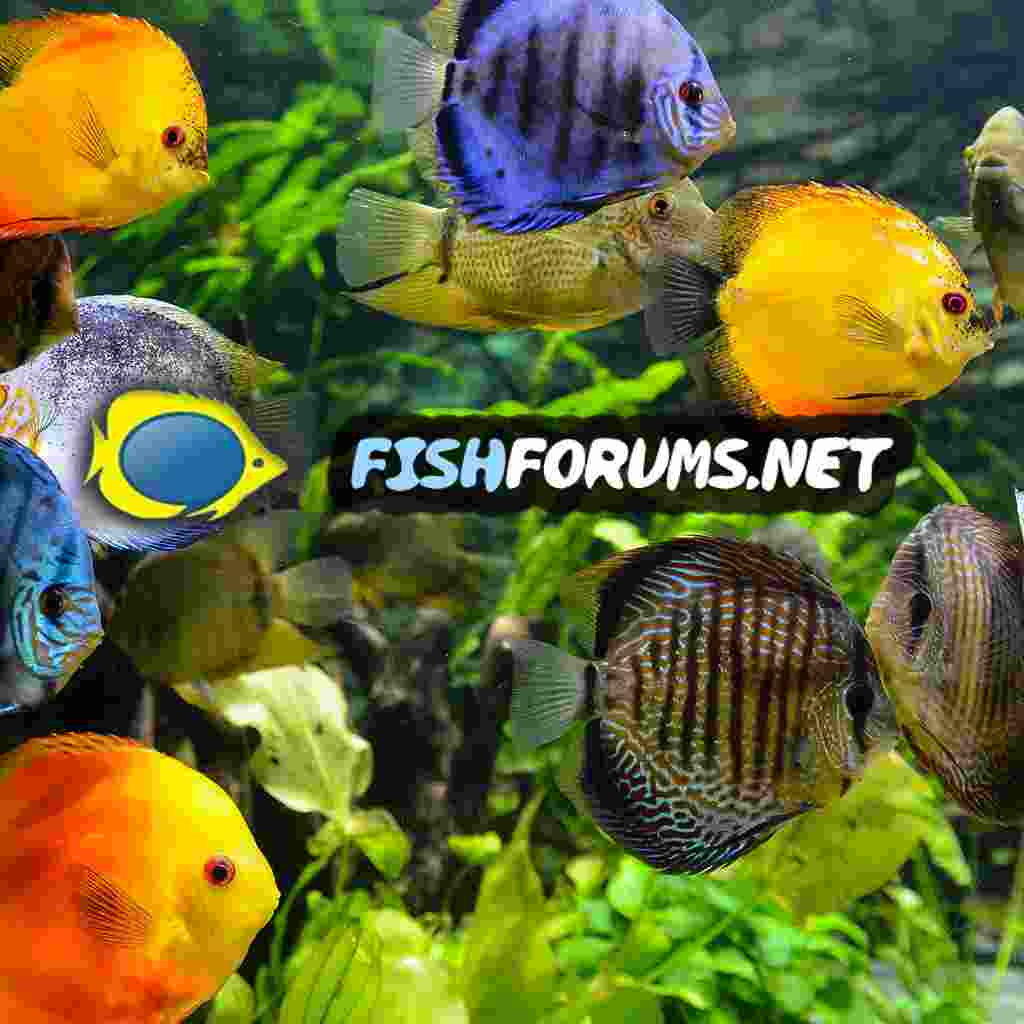Not long ago I started my first tank. Didn't do the research I should have and ended up doing a fish-in cycle. About 10 days in I picked up a few more fish (tetras) because I apparently like to learn things the hard way! Within a day or two these tetras had mouth rot and a few days later had given it to an existing tank member. Not having a hospital/quarantine tank I had to treat the whole community tank, effectively erasing any progress I had made in the cycle.
As stated, I learn the hard way, but I do learn. I just picked up a 10g tank to run in the basement so it's on hand and ready should the need for treatment arise. My question is, what are everyone's thoughts on pre-treating stock before adding them to the community tank. For example, if I were to purchase a few more tetras to add, could I quarantine them in the 10g for a week and treat them with say Melafix or ParaGuard prior to adding them in with the rest? Basically treating any bacteria they may have from the LFS for their health, as well as protecting the flock.
Thoughts?
As stated, I learn the hard way, but I do learn. I just picked up a 10g tank to run in the basement so it's on hand and ready should the need for treatment arise. My question is, what are everyone's thoughts on pre-treating stock before adding them to the community tank. For example, if I were to purchase a few more tetras to add, could I quarantine them in the 10g for a week and treat them with say Melafix or ParaGuard prior to adding them in with the rest? Basically treating any bacteria they may have from the LFS for their health, as well as protecting the flock.
Thoughts?



